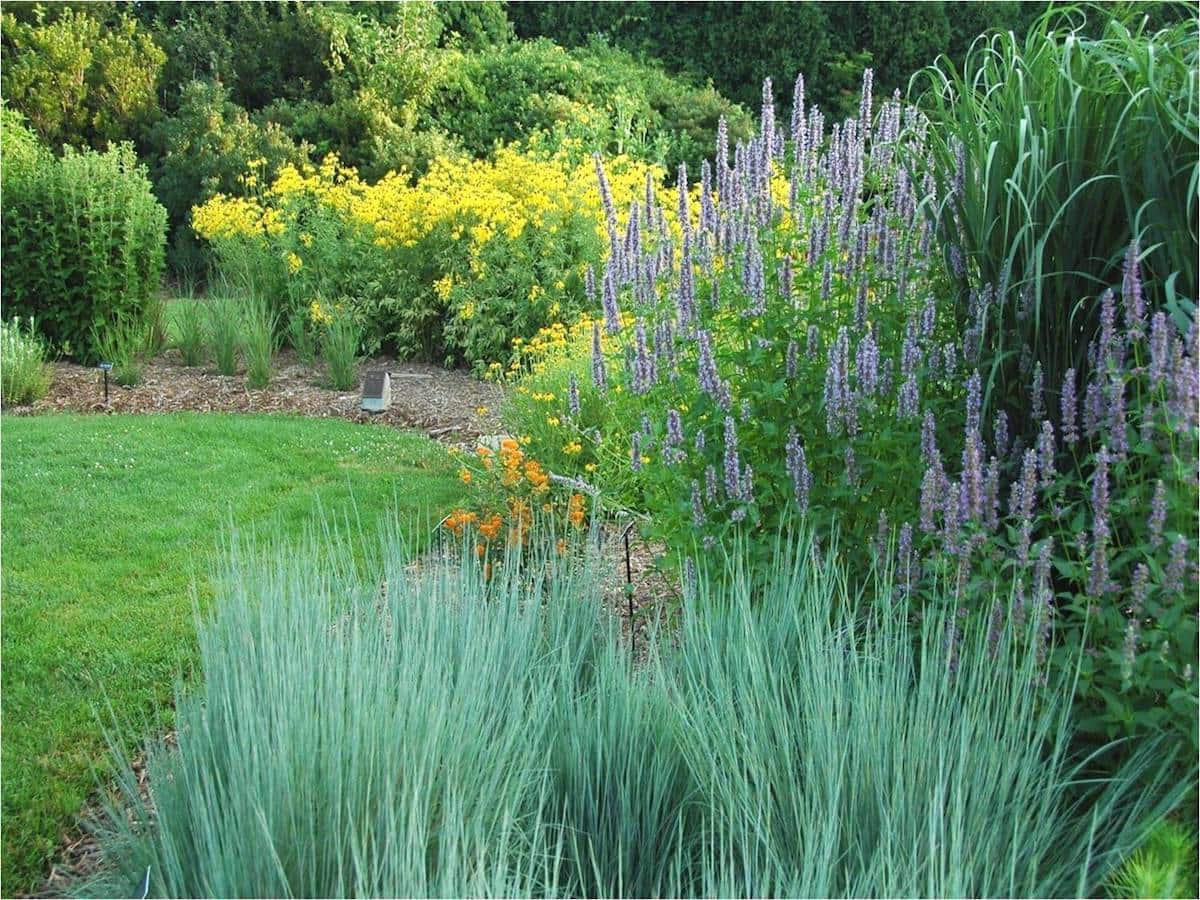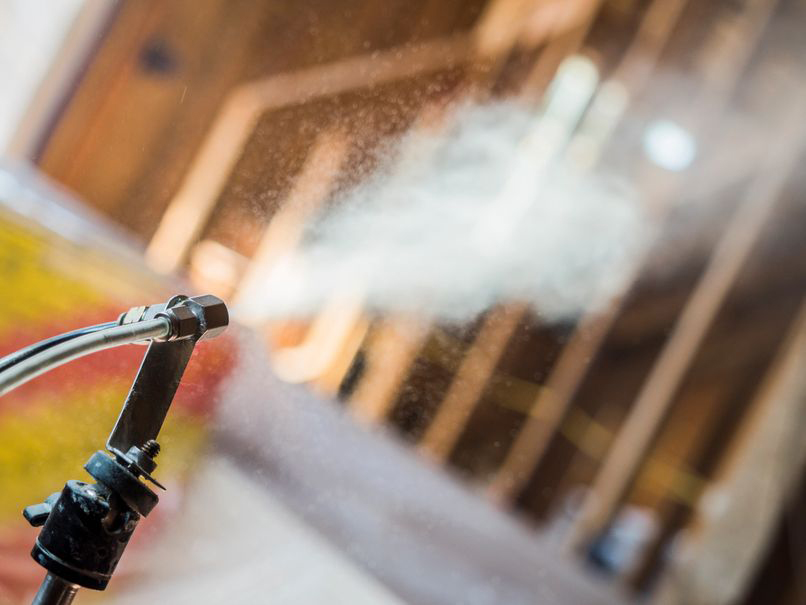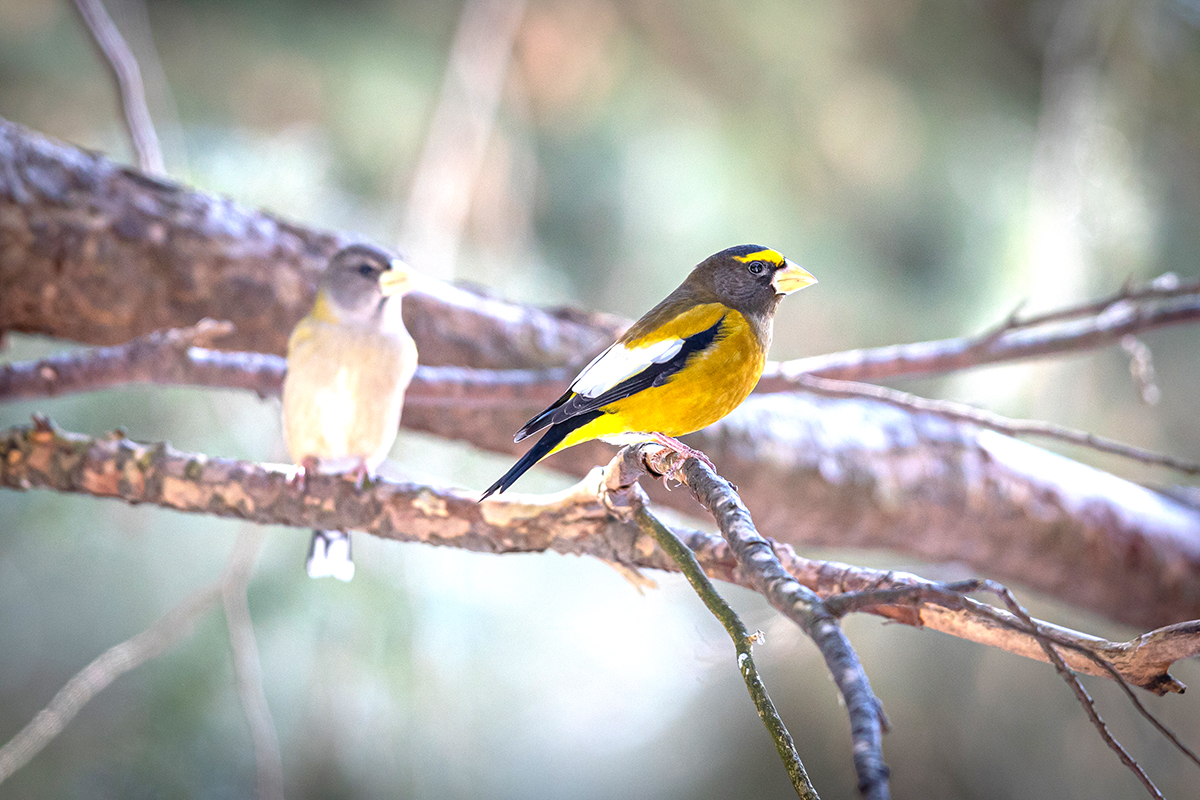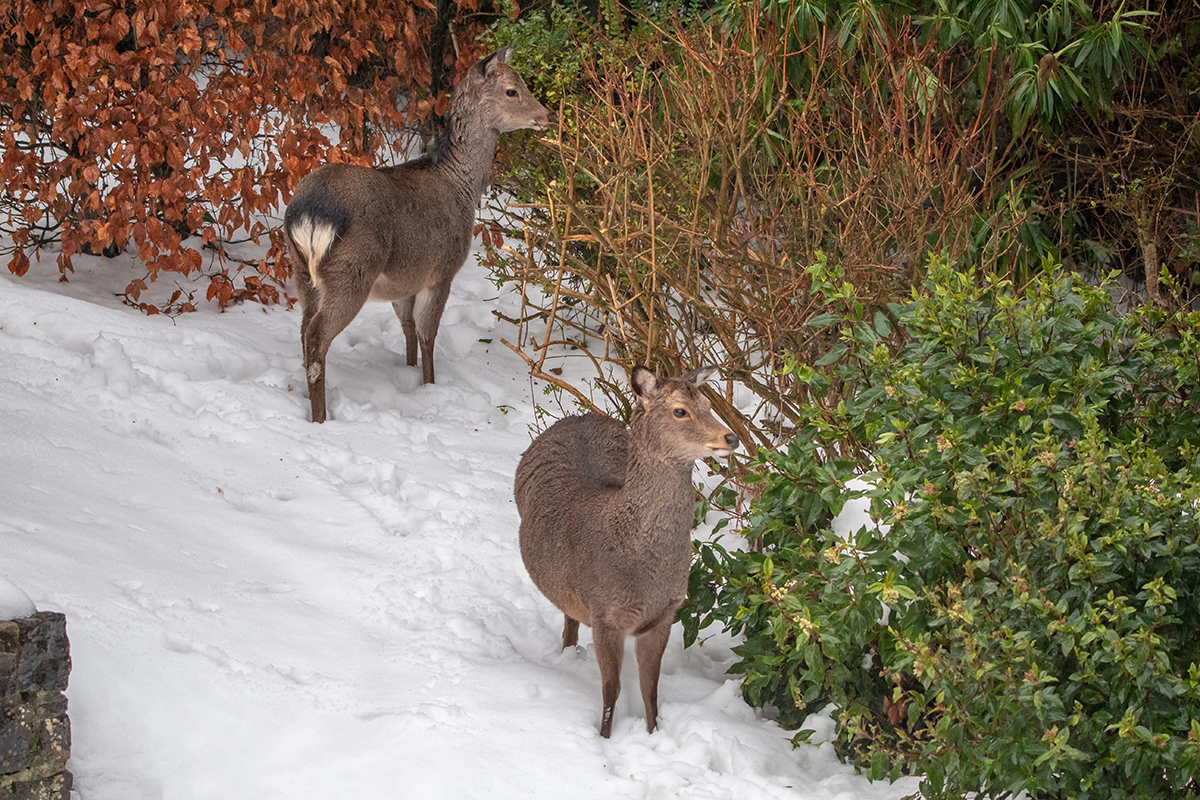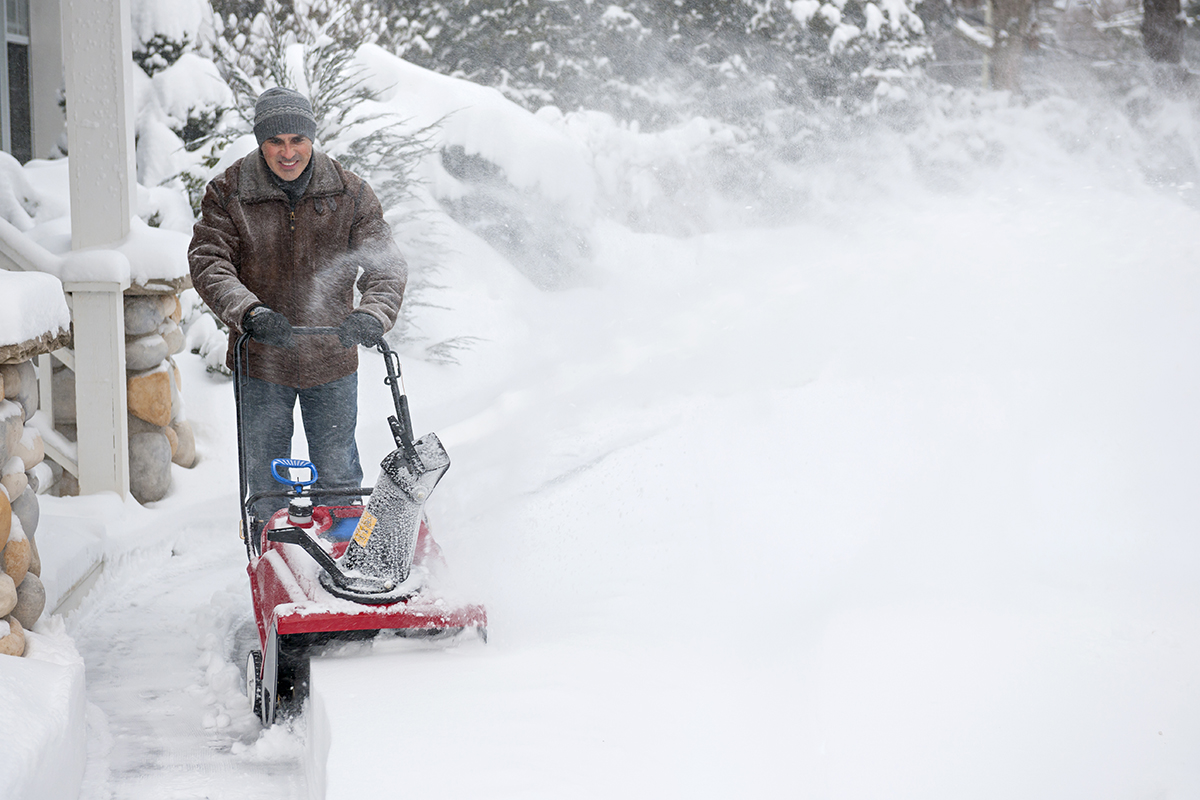WRITER | JULIE FORD
PHOTOS | LINDA WHITLOCK MSU EXTENSION/JULIE FORD
Native summer blooms provide more than beauty to all who enjoy them. They provide nectar for hummingbirds, butterflies, and moths; protective cover for animals; and feed birds throughout fall and winter with their seeds and berries. Plants native to Michigan are perennial survivors of our wacky weather and are a win-win for flora, fauna, and homeowners alike. Landscaping with native plants means far less watering, and replacing lawns with wildlife-attracting trees, shrubs, and plants saves time and money on mowing and maintenance.
Perfectly manicured lawns are about as appealing to wildlife as a parking lot. There’s nothing to eat, nowhere to hide, and it’s no place to raise a family. A low-maintenance yard brimming with trees and flowers native to Michigan with less lawn and no pesticides beckons to nature like an aromatic neon welcome sign. It’s a sensible fix to help beneficial bugs, birds, and mammals, yet a sensitive issue for homeowners who covet an impeccable lawn. A brief review of lawn history may shed some light on why changing the mindset to lessen the lawn and “go native” might be a challenge.
Expansive, lush lawns have a long European history. In medieval times, maintaining the grounds of a castle by scythe and grazing animal meant friends or foes could be easily seen from lookouts. Around the Renaissance period, finely manicured, low-growing grasses established playgrounds for the earliest games played on turf – cricket, bowling, soccer, and golf. Estates surrounded by acres of lawn accentuated the enormity of the residences and projected the financial status of owners. And while this represents lawns overseas, the early colonists brought with them the seeds and know-how of lawns to the US.
Before World War II, pesticides weren’t yet widely used, lawn-framed tract homes were on the brink of invention, and valuable insects were plentiful. In 1874, DDT (dichloro-diphenyl-trichloroethane) was invented as an effective mosquito killer with profound use in the US from the 1940s until its ban in 1972. Now that we fully understand the effects of DDT-and the myriad synthetic insecticide spinoffs it expedited— not only on insects, but on humans and other mammals as well, it’s no wonder we see a correlated decline in bees beginning around WWII. Bringing back beneficial insects, birds, and wildlife calls for decreasing lawns, increasing native flowering plants, and avoiding pesticides.
“It can still be a hard sell to give up the ideal to think what a lawn should look like…a golf course,” says Linda Whitlock, consumer horticulturist and Master Gardener program educator at Michigan State University Extension. “I can get people to think about it and sometimes people are more willing in their backyard than front yard,” Whitlock notes the queen of England has a pollinator lawn at one of her properties where dandelions are embraced rather than purged.
Whitlock suggests several ways to invite winged and four-legged nature into the yard. Planting native trees, bushes, and flowering perennials in stages that bloom from March to November is key. The MSU Extension offers a native flowering plant chart identifying not only the best plants for attracting valuable insects but also bloom times. Native flowering bushes of ninebark, buttonbush, spicebush, serviceberry, blueberry, and raspberry along with weeping pussy willow, red maple, and littleleaf linden trees are examples of what to look for at a local nursery.
To make way for native gardens, areas of lawn (or the entire lawn, depending on local ordinances) can either be dug up by hand or composted. The sheet mulch method eliminates digging, is cost-effective, and takes about a year to break down into healthy, rich soil. Here’s an example of what to layer and in what order; it makes an ideal fall project:
- Thick sections of newspaper (black and white sections only) to kill the grass
- One to two inches of manure, compost, or grass clippings
- Straw or finely chopped leaves
- Soil or compost
- One to two inches of leaves or straw
Thoroughly soak all layers with water, and nature handles the rest!
A plethora of natural decomposers – earthworms, centipedes, beetles and various other insects, plus bacteria and fungi-break down the matter into nutrient-rich soil, paving the way for incoming flowering plants. This process may take longer, but it’s inexpensive and easy.
Homeowners can provide a native garden paradise one plant at a time, as an entire weekend project, or in a methodical progression. Early spring blooms, showy summer flowers, and fall seeds represent a year-round buffet for foragers and create a beautiful yard for you to enjoy to boot. Whitlock notes the decision to replace the lawn with flowering trees, bushes, and plants means less work and more time enjoying all the newcomers busily feeding and tending to their families. “I tell people, if the queen can do it, we can do it.”


